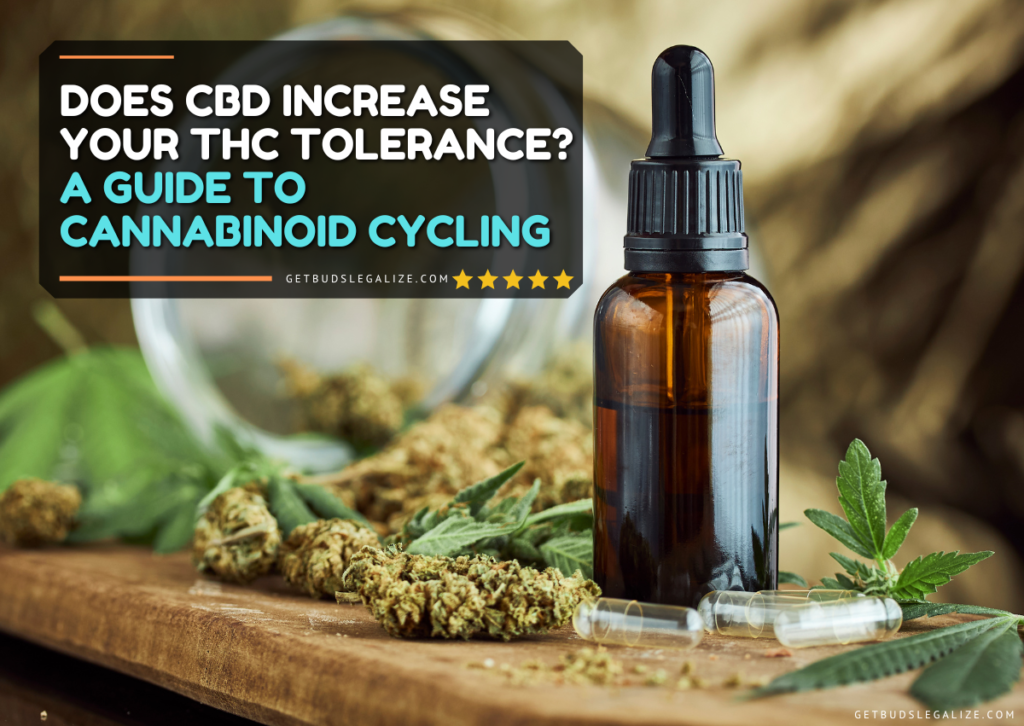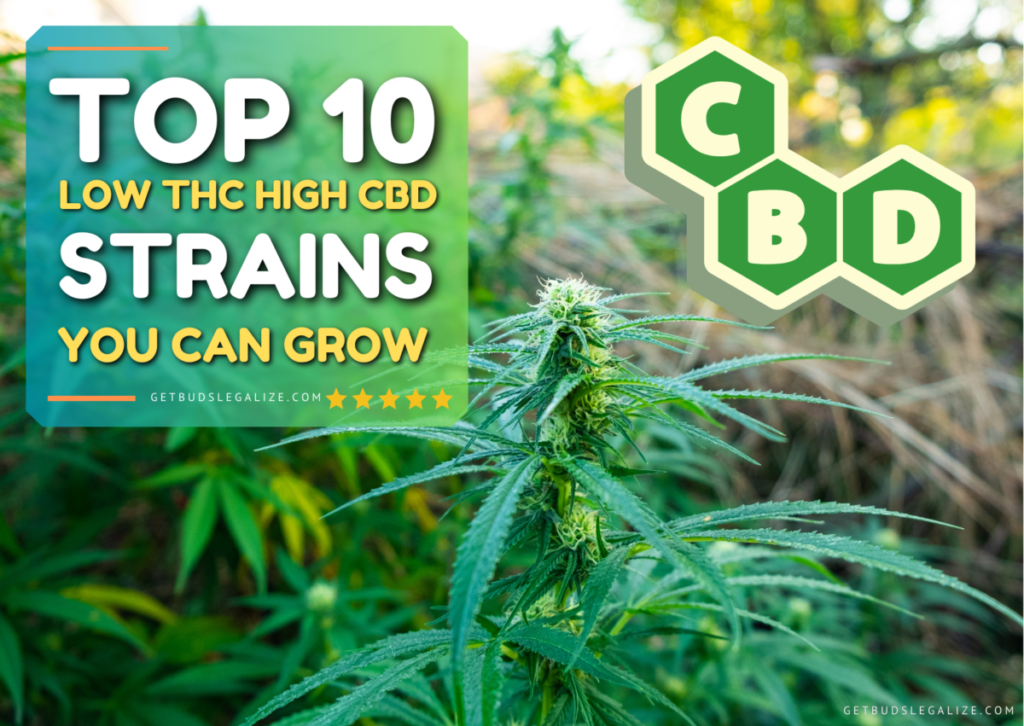What Are Cannabis Shakes? Causes, Symptoms & How to Stop Them Fast
Ever feel jittery after a smoke session? That sudden twitch in your hands or jaw can be unsettling, but don’t panic. These so-called “cannabis shakes” are surprisingly common and usually harmless.
In this guide, we’ll unpack what causes them, how to stop them, and how to prevent them from happening in the first place.
Table of Contents
What Are Cannabis Shakes?
Cannabis shakes are involuntary muscle twitches or tremors that can occur shortly after consuming cannabis, especially high-THC strains or potent products like dabs and edibles. While they can feel intense or alarming in the moment, weed shakes are typically harmless and short-lived.
They’re most common in:
- Inexperienced users
- People with low THC tolerance
- Users with heightened sensitivity to cannabinoids
Even seasoned cannabis consumers aren’t immune. A different strain, a new dab rig, or combining weed with other substances like caffeine or nicotine can all increase your risk.
👉 The good news? These tremors usually fade as your high wears off. To ease discomfort, focus on staying hydrated, calm, and warm—all of which can help your body stabilize more quickly.
Related Article:

Why Do You Shake After Smoking Weed?
Cannabis shakes can feel unsettling, but they usually stem from your body reacting to one or more common triggers. Here are the four main reasons:
1. Too Much THC at Once
Let’s be honest: getting too high is the #1 reason for cannabis shakes. Whether you’re a newbie or a seasoned toker trying a new product, overwhelming your system with THC can easily result in shakes, sweats, or anxious energy.
High-potency methods like:
- Dabbing concentrates
- Strong edibles
- Low-tolerance flower sessions
When you flood your endocannabinoid system with THC, it can overwhelm your body’s ability to regulate itself, triggering tremors, sweating, or anxious energy. The more potent the product, and the lower your tolerance, the higher the risk.
2. THC-Induced Anxiety
THC has a complicated relationship with anxiety. For some, it’s relaxing. For others, especially at high doses, it can trigger anxiety or even panic. If you’re prone to anxiety or have a low tolerance for THC, you may find yourself shaking with nerves rather than from physical cold.
Here’s why:
- THC increases dopamine but also stimulates the amygdala—the part of the brain that processes fear and threat.
- At low doses, THC can reduce anxiety, but at higher doses, it may amplify fear and emotional sensitivity.
If you’ve ever felt your heart race or limbs tremble after a strong edible or dab, this could be the reason.
3. Sensory Overload (Overstimulation)
Cannabis heightens sensory perception—boosting how you experience sound, touch, sight, and even emotions. While this can be fun in the right setting, too much sensory input can tip you into overstimulation.
You’re more likely to shake or feel anxious if you’re:
- In a crowded or noisy environment (like concerts or nightclubs)
- Smoking with strong stimulants like tobacco or caffeine
- New to cannabis and not used to the intensity
This sensory overload can trigger jitters, tremors, or nervous energy that feels hard to control.
4. Drop in Body Temperature
THC influences your ECS, which plays a key role in regulating body temperature. Animal studies suggest that high doses of THC can slightly lower your core temperature by affecting the brain and muscles.
While not harmful, this subtle drop can leave you feeling chilled or shaky, especially in cool environments.
If you’re:
- Smoking outside on a brisk night
- Sitting in an air-conditioned space
- Already feeling cold
…your body may respond with shivering or mild tremors as it tries to warm itself up.
👉 Tip: Throw on a hoodie or blanket—staying warm helps ease cannabis shakes faster.
Related Article:

Are Weed Shakes Dangerous?
Not usually. In the vast majority of cases, weed-induced tremors are mild, short-lived, and not harmful. As your body processes and eliminates THC, symptoms tend to fade on their own.
When to Seek Medical Help
Rarely, cannabis shakes can be a red flag for something more serious, especially in inexperienced users or those combining weed with alcohol, caffeine, or medications.
Seek medical attention immediately if you experience:
- Chest pain or a racing heartbeat
- Severe paranoia, hallucinations, or delusions
- Fainting, blacking out, or sudden dizziness
- Short-term memory loss or confusion
- Loss of coordination that puts you at risk of falling or injury
These symptoms could signal THC toxicity, panic attacks, dehydration, or adverse interactions with other substances.
👉 When in doubt, play it safe. If something feels seriously off, don’t hesitate to seek help.
What Can I Do if You Get the Cannabis Shakes?
If you’re trembling and uncomfortable, don’t panic—these methods can help you calm your body and mind until the high levels out.
1. Breathe Deeply, Move Gently, and Distract Yourself
Light movement and mindful breathing are powerful tools for managing cannabis-induced tremors:
- Go for a short walk to warm up, improve circulation, and ground your senses.
- Stretch or do some light yoga to calm your nervous system and ground yourself.
- Try box breathing or slow diaphragmatic breathing to relax your muscles and reduce anxiety.
- Engage in gentle distractions, like playing a game, doodling, or watching something funny—anything that shifts your focus away from the shakes.
2. Adjust Your Environment
Your surroundings have a big impact on how cannabis feels—especially if you’re feeling overstimulated, anxious, or uneasy. A few simple changes to your space can help dial down the intensity.
- Change the music: Switch to something mellow, familiar, or low-tempo. Calming tunes can soothe your nervous system and help you feel more grounded.
- Soften the lighting: Bright or flickering lights can heighten discomfort. Dim the lights or switch to warm, ambient lighting to create a cozier, more relaxed space.
- Choose your company wisely: If a crowd feels overwhelming, step away or find a quiet corner. Whether you prefer solitude, a trusted friend, or a peaceful group setting—go with what makes you feel safest and most at ease.
Creating a comfortable environment helps reduce sensory overload and allows your body to recover more quickly.
3. Try CBD to Balance Your High
Cannabidiol (CBD) is known to counteract the psychoactive effects of THC. Studies suggest that CBD acts as a CB1 receptor antagonist, which may help regulate the intensity of your high and ease symptoms like anxiety or tremors.
- CBD oil or tincture: Take a few drops under the tongue for fast-acting relief.
- CBD capsules or gummies: Great for steady, longer-lasting effects.
- CBD vape pens: Ideal for immediate symptom relief on the go.
Keeping a CBD product on hand can be a game-changer if you’re sensitive to THC or prone to weed shakes.
4. Avoid Stimulants and Alcohol
Mixing cannabis with stimulants like nicotine, caffeine, or energy drinks can intensify overstimulation and increase the chances of anxiety, paranoia, and yes, shaking.
Try these instead:
- Decaf coffee or herbal coffee alternatives (like chicory or mushroom blends)
- Caffeine-free herbal teas (e.g., chamomile, lemon balm, or peppermint)
- Fresh juices or smoothies
- Nicotine-free herbal smoking blends for a relaxing, tobacco-free alternative
Avoiding alcohol is also wise—weed and alcohol together can lead to nausea, dizziness, and an unpredictable high.
5. Switch Up Your Strain
If you frequently get the shakes from a particular strain, it might be time to rethink your cannabis choice:
Here’s how to make better choices:
- Try balanced THC:CBD strains: CBD helps buffer the intensity of THC, creating a smoother, more manageable high.
- Choose indica-leaning or calming hybrids: These often promote body relaxation and less stimulation than sativa-dominant varieties.
- Look for relaxing terpenes: Strains rich in myrcene, linalool, or beta-caryophyllene tend to have anti-anxiety and sedative effects that can help prevent tremors.
- Avoid strains high in limonene or pinene: While uplifting for some, these terpenes can increase stimulation and trigger anxious energy in sensitive users.
🔍 Pro tip: Ask your budtender for strains marketed as “relaxing,” “body-soothing,” or “good for nighttime use.” Keep track of how different strains affect you, and build a go-to list of calming favorites.
Related Article:

How Long Do the Cannabis Shakes Last?
The duration of cannabis shakes depends on two main factors: how much THC you consumed and how it entered your system.
• Inhalation (Smoking or Vaping)
If your shakes started after a joint, bong hit, or vape session, relief is usually quick. Since inhaled THC kicks in fast, it also wears off faster—most symptoms fade within 15 to 30 minutes. These are the shortest-lasting cannabis shakes.
• Edibles
Edibles are a longer ride. Because your body must digest and metabolize THC, the effects can take 30 to 90 minutes to kick in—and they can last 6 to 8 hours or more. If you’ve overindulged, the shakes may linger throughout the peak of your high.
Related Article:
How to Minimize or Shorten Weed Shakes From Edibles
Edible-induced tremors are common due to delayed onset and long duration. If you’re prone to anxiety or overconsumption, take steps to soften the blow:
| Strategy | Benefit |
| Take fast-acting CBD | Balances THC effects in real-time |
| Stay hydrated | Aids metabolism, eases dry mouth and dizziness |
| Control your environment | Low light, soft music = less overstimulation |
| Have a sober friend nearby | Emotional grounding and safety reassurance |
| Use positive self-talk | Reduces panic and reminds you it will pass |

How to Prevent Weed Shakes
Preventing the shakes means understanding your limits and planning ahead. Here’s how to enjoy weed with more control and less discomfort.
1. Use Moderation
If there’s one rule that applies to all cannabis use, it’s this: Dose responsibly. Dose responsibly. Most weed shakes happen because of too much THC, too quickly. To prevent that, be extra cautious if you’re:
- New to cannabis
- Coming off a tolerance break
- Trying a high-potency product (like dabs, edibles, or concentrates)
- Sensitive to THC or prone to anxiety
Everyone’s tolerance is different. Generic dosing guides can help, but the best indicator is how you feel. Take your time, pace yourself, and remember: you can always take more—but never less.
2. Practice Mindful Consumption
Being intentional with your cannabis use can go a long way toward preventing negative side effects. Before lighting up, ask yourself:
- Am I in a calm, safe, and comfortable environment?
- Have I eaten recently and stayed hydrated?
- Am I mixing cannabis with stimulants (like caffeine or nicotine) or alcohol?
Avoid chaotic environments, high-stress situations, or combining weed with stimulants if you’re prone to shaking or anxiety. Instead, carve out a time and space where you can truly relax and enjoy the effects without overstimulation.
3. Choose the Right Strain
If you experience weed shakes, choosing the right cannabis strain is crucial. Skip the outdated indica vs. sativa labels and focus on cannabinoid and terpene content instead.
- Go Easy on the THC: High-THC strains are more likely to trigger tremors, especially in sensitive users. Opt for balanced THC:CBD ratios for a gentler, more stable high.
- Look for Calming Cannabinoids: Strains rich in CBD, CBG, or THCV can help reduce anxiety and physical agitation by moderating THC’s effects.
- Pay attention to terpenes: Linalool and Myrcene promote relaxation, Pinene may offer clarity without anxiety, Limonene can be energizing but overwhelming for some
A good dispensary should be able to recommend strains based on these profiles rather than just vague categories.
4. Prepare Your Body Before You Smoke
Preventing cannabis shakes starts before you even light up. Here are some quick prep tips:
- Eat a light, nutritious snack (fruit, nuts, whole grains) to stabilize blood sugar
- Stay hydrated—THC can cause dry mouth and dehydration, which can worsen symptoms
- Avoid consuming on an empty stomach, which can amplify the high and increase the likelihood of jitters
By nourishing your body beforehand, you’ll set the stage for a smoother, more enjoyable session—and keep the tremors at bay.
Final Thoughts
Cannabis shakes can feel alarming, but they’re usually just your body signaling that you’ve overdone it. With the right approach—like proper dosing, strain selection, and calming techniques—you can stay in control, ease the discomfort, and even avoid the shakes entirely.
👉 Found this guide helpful? Follow us on social for more cannabis wellness tips and subscribe to our email list to get fresh insights delivered straight to your inbox.
Frequently Asked Questions (FAQs) about Marijuana Shakes
The duration depends on how you consume THC. Inhaled cannabis shakes usually subside within 15–30 minutes, while edibles can cause tremors that last several hours, sometimes up to 6–8 hours or more, especially if blood sugar levels are low or the dose is high.
Calm your environment, hydrate, breathe deeply, and consider taking CBD to counteract the high. Staying warm and avoiding stimulants like caffeine or nicotine can also help ease symptoms fast. Your cannabis consumption method plays a role—fast-onset methods may wear off quicker.
Take fast-acting CBD, sip herbal tea, and rest in a peaceful setting. Because edibles hit harder and last longer, staying relaxed and patient is key. Tremors can feel more intense when combined with anxiety or existing mental health conditions, so mindfulness is crucial.
Yes. Moldy or contaminated cannabis may irritate the respiratory or nervous system and trigger symptoms like shaking, nausea, or dizziness. Poor-quality weed can also interact unpredictably with your health conditions, increasing the risk of negative effects.
Yes—weed shakes are more likely with high-potency consumption methods like dabs, strong edibles, and THC-rich vape pens. These forms deliver large doses of THC quickly, which can overwhelm the nervous system and trigger overstimulation, anxiety, or tremors. In contrast, low-dose flower or balanced THC:CBD strains tend to produce a more manageable effect.
Yes. CBD can help counter the effects of too much THC by interacting with CB1 receptors in your endocannabinoid system. It may reduce anxiety, tremors, and THC-induced hypothermia. For the best results, take fast-acting forms like CBD tinctures or vape pens, ideally at the first sign of discomfort during your high.
Cannabis, especially high-THC strains, can slightly lower your core body temperature, a response known as THC induced hypothermia. When combined with a cold environment or low tolerance, this drop can trigger chills or shivering. It’s usually harmless and temporary. Just warm up, hydrate, and relax until your body stabilizes.
THC can overstimulate the brain’s amygdala, triggering anxiety, rapid heart rate, and tremors in sensitive users. If you’re prone to anxiety, consider using medical cannabis with balanced THC:CBD ratios to reduce the risk of adverse effects.
Yes, occasional twitching or shaking can happen when you’re high—especially after consuming high-THC cannabis. This reaction is often caused by sensory overload, muscle tension, or your body adjusting to the psychoactive effects of THC. It’s usually harmless and short-lived. To ease it, try deep breathing, staying hydrated, and lowering your THC dose next time.
Absolutely. Even seasoned users can experience tremors, especially when trying unfamiliar strains, combining substances, or using more potent products. Convulsions after edibles are rare but can occur if the dosage or setting overwhelms the nervous system.
Is there a strain that won’t cause shakes?
ILGM Fertilizer:
Feed Your Plants Right

The Ultimate Cannabis Fertilizer – designed to fuel every stage from seedling to harvest.
✅ Feeds 5+ plants
✅ Big savings with bundle
✅ Works in soil, coco, or hydro
✅ Supports bigger, healthier yields
ILGM Plant Protector:
Ultimate Cannabis Protection

Shield your plants from pests and disease—naturally and effectively.
Protect From Seedling to Harvest
✅ Protects up to 20 plants
✅ Works in soil, coco, or hydro
✅ Fights pests & diseases fast
✅ Keep your grow healthy & stress-free





























